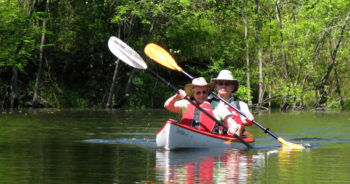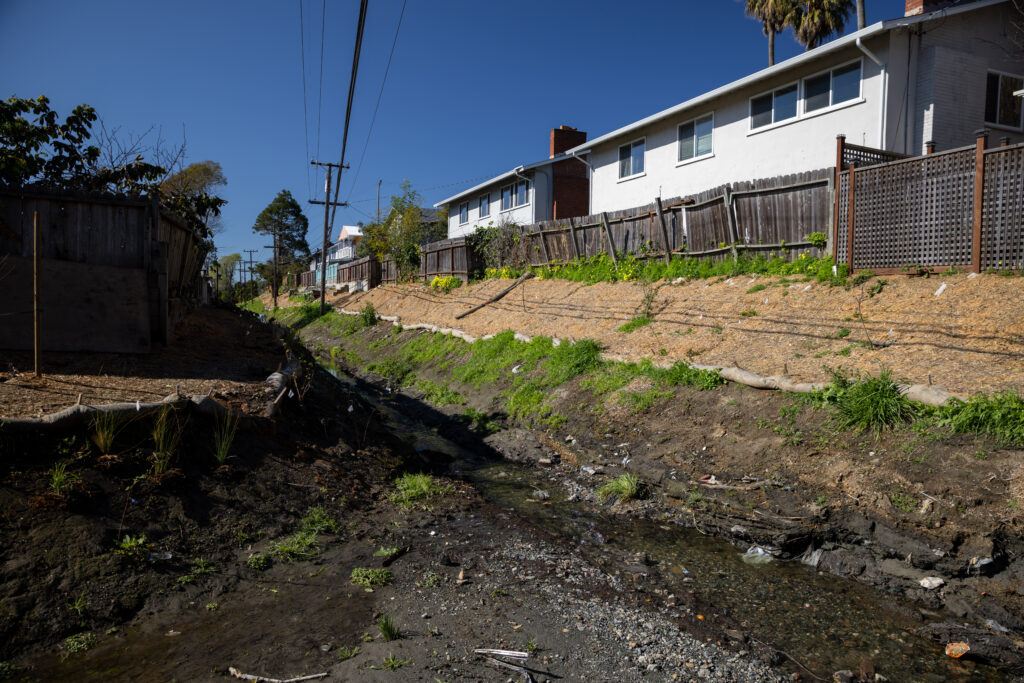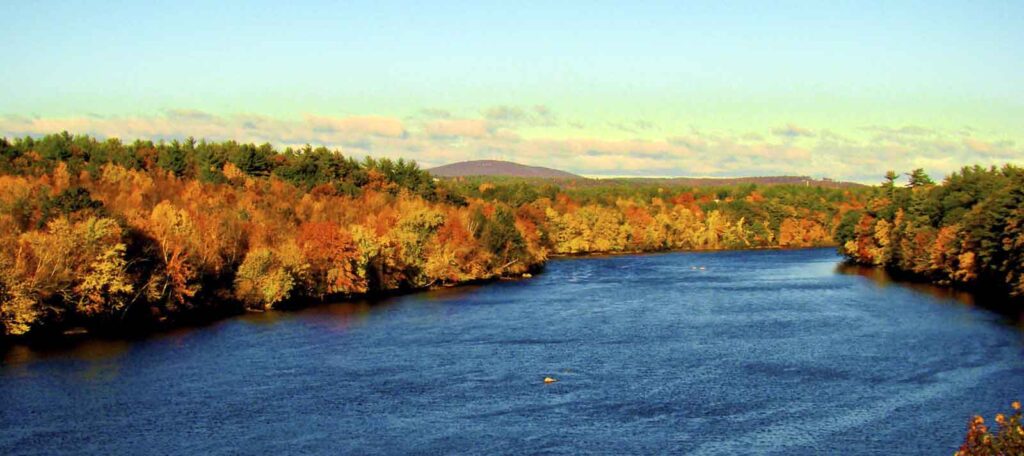Why the Neuse River is a Part of Me
The beauty of the Neuse River runs deep within surrounding communities in North Carolina. But the smell of sewage floating into the river is decreasing fish populations, as well as harming its health.

This guest blog by Bill Hines is a part of our America’s Most Endangered Rivers® series on the Neuse River and the Cape Fear River in North Carolina.
I’ve always felt the need to be close to the water. I think it comes from my being born into the Navy and being stationed on the water much of my young life.
We spent a long time searching the Atlantic coastline for the ideal place to retire and found Oriental, North Carolina, at the mouth of the Neuse River over 20 years ago. After moving here, the first thing I did was volunteer with the Neuse Riverkeeper Foundation.
I thought I could best help the Foundation and the river by sharing an up close experience on the river with others. With a village full of sailors, I felt it was important to get people even closer to the water – to get their elbows dipping in it.
When you are paddling on the water, you have an immediate concern for the quality of the water. You can start to see the complex interaction between the trees, marsh grasses, aquatic grasses, fish, and birds. All of these pieces need to work together in a balance in order to give us the enjoyment we receive from the various uses that people have for the water.
I enjoy the early morning paddle where I can watch the mist rise from the water, slowly revealing the possibilities for that new day. I like going out for full-moon paddles to watch the sunset and then see the moon rise. Exploring the creeks that make up the estuary marshes in Pamlico County gives a constant sense of adventure with a new view or experience around every bend.
I also enjoy birding along the water with the ever-changing rich variety of birds. We have an “Adopt a Duck” program where some of the local birders donate money for corn that I spread along the waterfront in the winter so that the diving ducks come in close for easy viewing.
I became concerned about our river when I spoke with the local fishermen, both commercial and recreational, and heard of flounder and other fish becoming scarce.
One night we were watching a satellite launch from the waterfront on a beautiful star lit night when we noticed the smell of sewage sludge floating by from Slocum Creek and Cherry Point Marine Air Station on the far side of the river.
On my annual paddles down the river from Raleigh, I am in awe of the beauty of the river, but occasionally am reminded of how waste from hog farms runs into the river when I smell it.
The Neuse is our treasure and one we need to work every day to protect.
Please join us in asking the Commissioner of the N.C. Department of Agriculture and Consumer Services, Steve Troxler, to champion the protection of this vital natural resource by pushing for full funding of the floodplain buyout program.
[su_button url=”https://act.americanrivers.org/page/1257/action/1″ background=”#ef8c2d” size=”5″ center=”yes”]Take action »[/su_button]
Author: Bill Hines
 Bill is an accomplished paddler who patrols every week with a group of kayaking enthusiasts and bird watchers, picking up trash, monitoring the health of the rivers and creeks, and appreciating nature. He is an advocate, ambassador, and agitator for action on the Lower Neuse River. Bill wrote the chapter on paddling the Neuse River– see Friends of the Mountains to Sea Trail Guide, section 11A-16A Paddling the Neuse River– which he wrote from his own experiences paddling the entire length of the river.
Bill is an accomplished paddler who patrols every week with a group of kayaking enthusiasts and bird watchers, picking up trash, monitoring the health of the rivers and creeks, and appreciating nature. He is an advocate, ambassador, and agitator for action on the Lower Neuse River. Bill wrote the chapter on paddling the Neuse River– see Friends of the Mountains to Sea Trail Guide, section 11A-16A Paddling the Neuse River– which he wrote from his own experiences paddling the entire length of the river.





2 responses to “Why the Neuse River is a Part of Me”
Ray–I heartily second your comments. I grew up within a mile of the Neuse and have a vacation home on the Pamlico. And I am SO TIRED of all the glorification of beer these days!
Why, when you click on the author’s name, are you then sent to a website for a micro brewery who trades on the name “Neuse”?
I thought your firm would protect us from such spam and a quick check with the NC Division of Water Quality shows that the water in the Neuse River is in the best shape it has been in decades.
I also wonder why the miles of gillnets in the Neuse and her tributaries are not mentioned as a cause of the missing flounder. Those monofilament and nylon gillnets didn’t exist until about 50 years ago at the same time that fish stocks started to disappear.